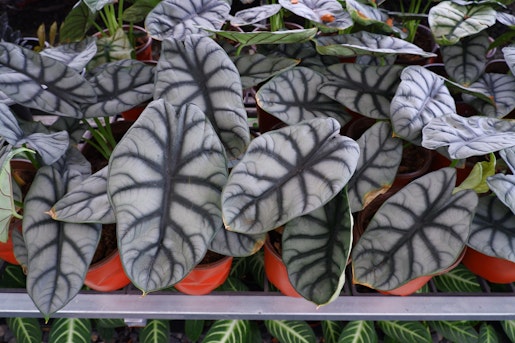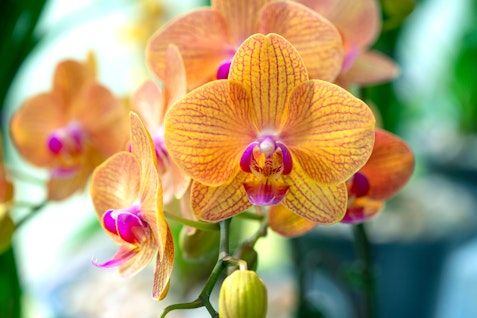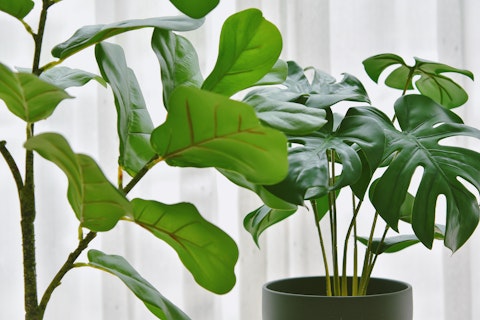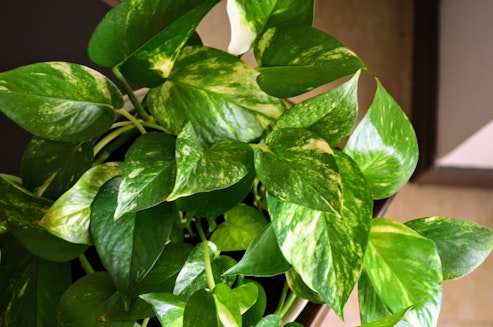
- Home
- Why do plants have so many names?
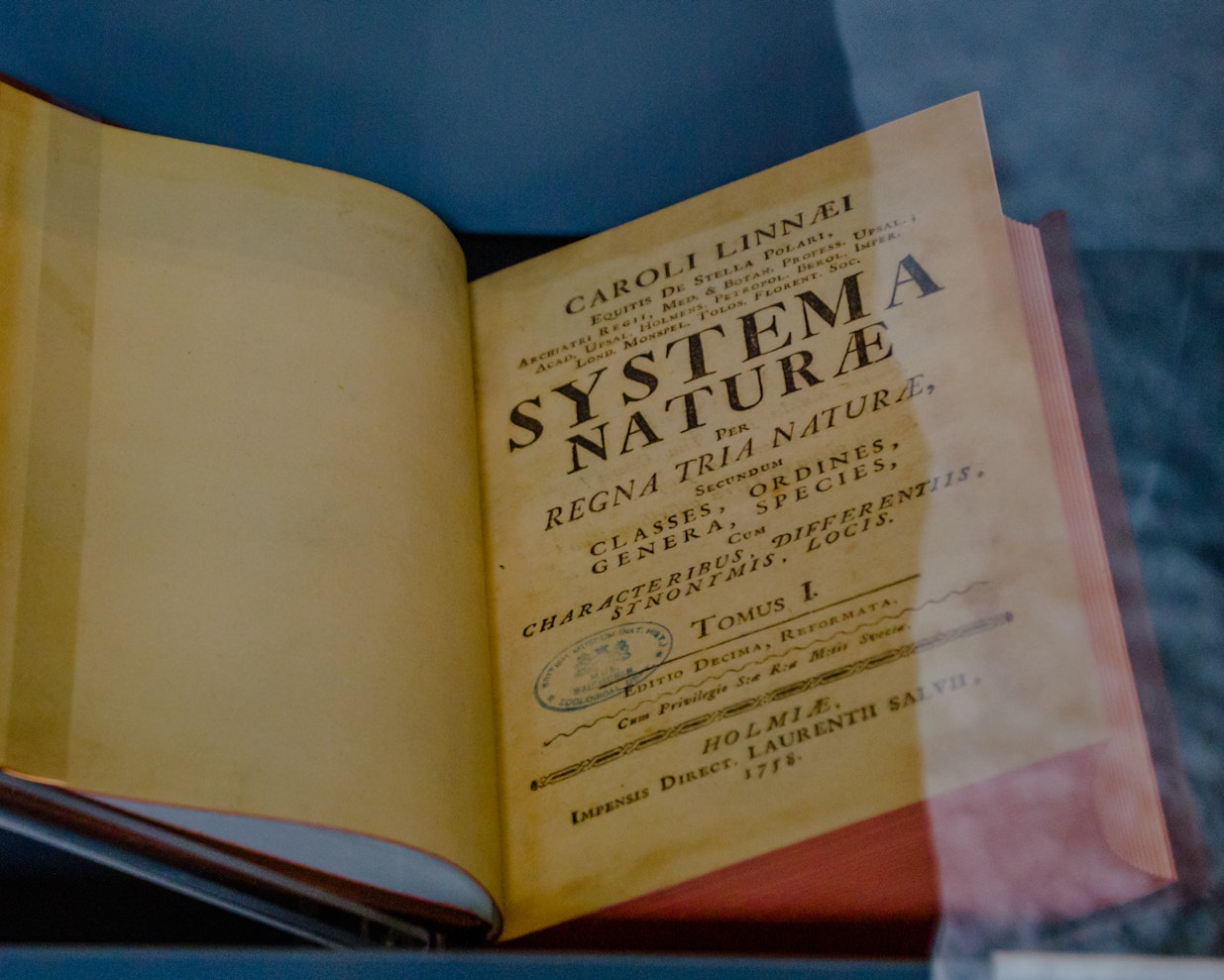
What is in a name? For plants, as it turns out: a huge amount! Naming convention in the botanical world seems a complex adversary at first glance, but quickly it unfolds to be a fascinating and useful aspect of collecting and rearing plants. But to get there, we must first break the whole concept down to its bare bones. This post will explore the different names of plants, and why they have them and what they mean. Further, it will address the reclassification of certain species of plants, and give a little bit of insight as to why.
Why so many different names?
A single plant can have so many names that it's difficult to keep track. In reality, this diverse amalgamation of seemingly unrelated names can actually be split into two separate conventions: Their common name and their taxonomic classification. Each is very important and fascinating, and demonstrates the different approaches that together create the diverse and wonderful world of botany!
Common names:
Common names are simple and undefined names for a plant. The same is true for animals and fungi and single celled organisms, that is: a name that has risen in colloquial language and represents an unofficial but generally accepted term for a living thing. For ease of understanding, I am going to refer to the same plant throughout my examples, that is Crassula ovata. In this example, the common name is ‘Jade plant’ or ‘Money Tree’. These names come about from un-scientific representations of a specimen. For likely hundreds or thousands of years, plants were named in ways that were representative of how they looked, or what cultural notions they signify. ‘Jade plant’ is named as such due to its similarity to the mineral of the same name, and its other name ‘money plant’ is due to its association with good luck in oriental traditional beliefs. Often, plants will have multiple common names, due to different names for the same plant arising in different places or via means of different groups of people. Further, these common names will not necessarily translate perfectly from language to language, as quite often they are named in relation to concepts which are alien to other cultures, or represent values that are viewed alternatively in different places, for example: in Dutch speaking Africa, Crassula ovata is known as Kerkij (trans. ‘Church Plant’). These names are not recorded by any official means, nor are they tracked or defined to avoid confusion. New common names can arise at any given time, or can develop to encompass multiple species of plants, or even group large numbers of plant families together.
Sometimes, these common names can also be prototypical. If we use a very easy to grasp example: the word ‘cat’ encompasses a large number of things. It is general, and defines the animal we know with a flexible tail that enjoys a scratching post and the company of a good ball of string. The word ‘cat’ is also used in wider understanding, such as to describe the ‘big cats’ such as lions or tigers, and anything that is adjacent. The word ‘cat’ is prototypical, and defines a group of alike things, without being pointedly specific. It is translatable and the word is different in different languages. The same is true for words such as ‘fish’ or ‘lizard’. In botany, common names can often be prototypical. Prototypical common names, or non-specific terms are words such as ‘tree’ or ‘shrub’ or ‘succulent’. These words are notionally derived terms that group together similar specimens by aesthetic or behavioural features, when in reality: two different trees could be as distantly related as a cat and a catfish!
Taxonomic classification:
This section may get a little sciencey. If you’re interested, read on! If you think you’d switch off or fall asleep, or you simply don’t have the time: skip ahead to the next section headed: What name is better?
Taxonomic classification is the ordered and globalised, scientific naming-convention that is used to classify all biological organisms. These names group organisms together into families of alike species, and then are sub-categorised based on a variety of features. Historically, this was done by scientists who would group organisms together based on visible similarities, most notably by the Swedish naturalist Carl Linnaeus, to whom we owe the whole system, plus the classification of many plants and animals today. As technology has advanced, we are now able to identify evolutionary relationships between organisms by means of gene sequencing, and they are classified in terms of genetic similarities and evolutionary backgrounds. Classifications are named based on a pseudo-linguistic combination of Latin and Greek words, and often proper nouns such as names and places. These classifications are used in scientific discourse globally, are not translated in different languages and are named to identify specific species, with no two specimens sharing the same name.
The process of Taxonomic classification is done in 8 major categories, which are as follows:
Domain: Divides all biological organisms on the basis of whether its cell(s) have a membrane bound Nucleus.
Kingdom: Whether it is an animal, plant, fungi, protist, etc.
Phylum: The first grouping of alike species.
Class: A specific group of organisms within the former group.
Order: A specific group of organisms within the former group.
Family: A specific group of organisms within the former group.
Genus: A specific group of organisms within the former group.
Species: A unique identifier for an individual species.
Subspecies: A more precise subdivision of species.
This is all a little complicated, of course. A good analogy is to think of a library. The books in a library are organised into fiction and non-fiction, and then again into crime, sci-fi, drama, fantasy etc, or for non-fiction: science, literature, philosophy etc. Then within these you have even more specific identifiers such as ‘true crime’, or ‘historical fantasy’ and ‘Biology’ or ‘Eastern Philosophy’. Within these groups, they are organised again by the author until finally being specified as individual books by their title. The modern taxonomic system does this, but with biological organisms! It seems a lot to remember, but for the hobby-botanist, Family, Genus and Species are really all that is needed!
To continue with my example: ‘Crassula ovata’ contains both the species and genus. The Genus is the former, being ‘Crassula’ (the Genus is often abbreviated to just the first letter ‘C.’), and the latter: ‘ovata’ is the species name that identifies ‘C. ovata’ as a unique plant. Another plant from the same genus is ‘Crassula capitella’. Notice how the genus name remains the same, but the unique species identifier changes to show that it is referring to a different species.
In plant taxonomy, there has been the recent addition of subdivisions alongside the classic taxonomic categories known as Clades. Clades concern the structure and relationship between various organisms' DNA, and allow us to group them together by their genetic past. Clades aren’t hugely important to the hobbyist, but the common clades for plants can be envisioned quite easily in a diagram:
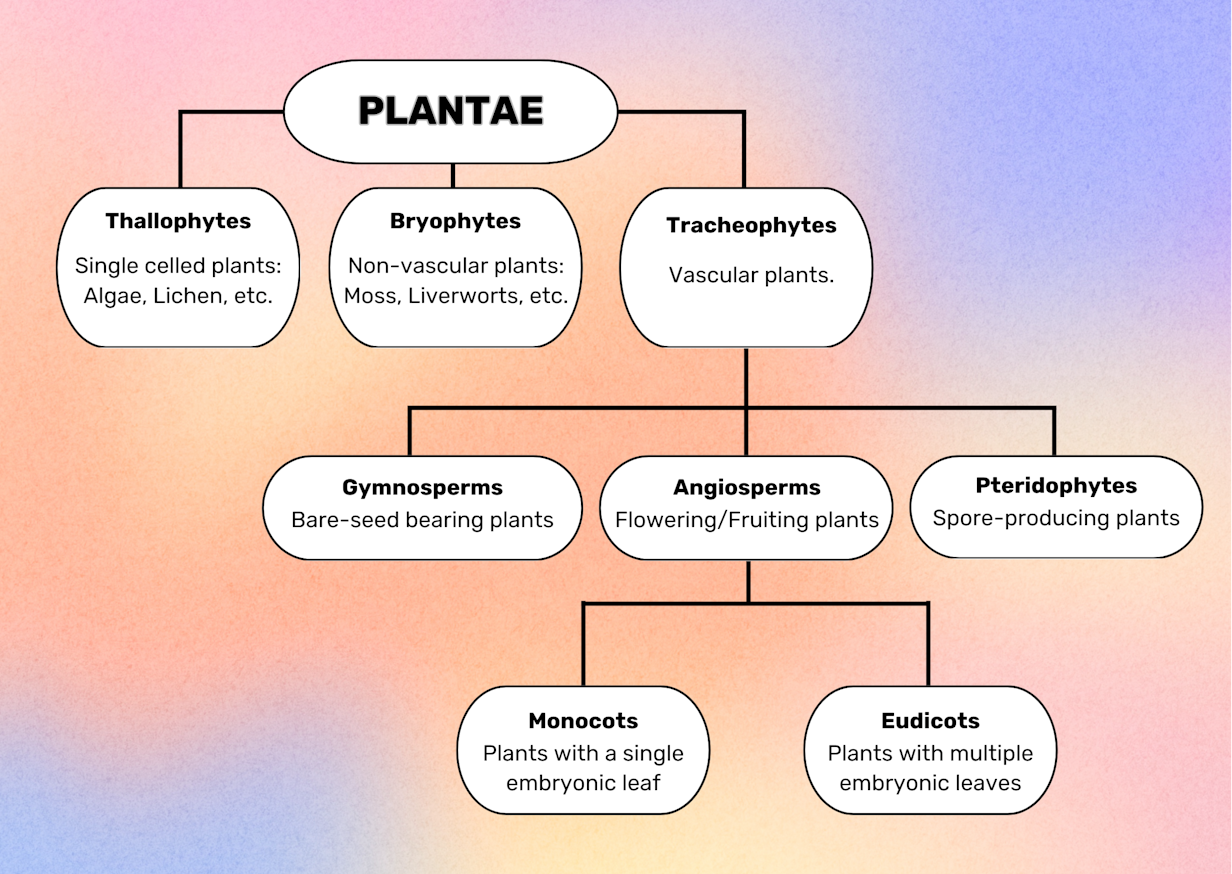
To summarize, I’ll use our friend C. ovata once again! C. ovata is part of the Domain: Eukaryota, which is the domain encompassing all organisms with a membrane bound nucleus. It is in the Kingdom: Plantae, which is the kingdom encompassing all plants. From there, it is a vascular plant: it has organ systems that allow it to transport water and nutrients around its body, therefore it is a Tracheophyte. Within that, it produces flowers, and when fertile, a flesh-bound seed pod, which defines it as an Angiosperm. Its seed has more than one embryonic leaf, therefore it is included in the clade Eudicots. It belongs to the Order Saxifragales, and within that is part of the Crassulaceae family. Within that, it is part of the Crassula Genus. Which leaves only its unique identifier, which is ‘ovata’, separating it from other species within the same group. And that (hopefully) demonstrates how plans are organised and categorised!
Cultivars
Just when you thought it was over, you’re hit with another new word! Cultivars are a much less scientific concept, that is a subdivision of a species. Simply put, a cultivar is a name that separates plants that are genetically the same species of plant, but have a unique feature that makes them seem different as a result of human interference or selective breeding. These are usually associated with a variation in colour, size or leaf shape. Cultivars are named by those who develop them, but they are more controlled than common names, in that they are regulated by the International Code of Nomenclature for Cultivated Plants (ICNCP) and several International Cultivar Registration Authorities (ICRA) which are typically scientific boards and bodies such as university departments or prolific, scientific botanical gardens. To continue my example: a few cultivars of C. ovata are well known and registered. One such cultivar is C.ovata ‘Gollum’ which grows long cylindrical leaves, or another is C.ovata ‘Tricolour’ which has red and white highlights around its leaf.
What name is better?
Generally speaking, it doesn’t matter. What you call your plants is not bound by rules and you should refer to them as whatever you like; whether it be ‘Crassula ovata’, ‘Jade plant’, ‘That-squidgy-leafy-one-over-there’, ‘Simon’, ‘plant-number-5’ or anything else! But in communication with other plant-people, there are up-sides and down-sides to each.
Benefits of Common Names
Easy to recall - Common names are often based on an easily recognisable feature of the plant. Calathea makoyana is called the Peacock plant, due to its colours and Ficus elastica is named the Rubber plant due to its rubbery appearance. These features allow for easy identification of plants by their name alone, that stays in the mind and is easily remembered by association.
Keep their cultural significance - Plants and people go back hundreds of thousands of years. It was the cultivation of plants that shifted human beings from the hunter-gatherer lifestyle to the settled, agricultural life in the Neolithic revolution. Our history with plants is such that they had ethnographic significance long before scientific. Using common names keeps plants in the cultural mind, as a device for the celebration of ethnobotany, demonstrating the vast relationship between everyday people and the plants that grow on the earth.
Most commonly used and easily understood - Most people who know a plant, will know its common name. It is only in the past few decades, due to people’s ability to travel, connect with people, and access information on the internet, that taxonomic identifiers have become easily accessible. Before this, the names of plants were mostly communicated through word of mouth.
Drawbacks of Common Names
Not Universal - Common names seem to be the most useful, but common names are not directly translatable. If you were to translate ‘Jade plant’ into Spanish, it would be ‘planta de jade’. However, going to Spanish speaking countries and asking for such a plant would likely leave botanists confused, as in Spanish it is commonly called ‘siempre viva’, which translates to ‘always alive’. Equally, if someone were to ask me for an ‘always alive’ (before writing this post), I would be rather confused. This is also the case on an even smaller scale, where two people of the same linguistic background can have different names for the same plant. One person might know it as a Jade Plant, and the other may know it as a ‘Money Tree’. Considering the plethora of common names for each plant in each language respectively: it starts to seem a little less straightforward.
Non-specific - Common names are not concerned with identifying specific plants. Often, they cast a net over multiple families of plants, or even include plants that are of no relation to each-other at all. For example ‘Money plant’ is a term specifically for Crassula ovata. However, it is used as a wider term for a number of plants in the Crassula genus as well as some plants in the Pilea, and Pachira genus too. Another familiar example is ‘Pothos’; this is used to refer to multiple plants from the Philodendron, Epipremnum, Scindapsus and Monstera genus, but is not used to refer to plants of the true Pothos genus! And of course the ‘Snake plant’ refers to almost 70 plants in the Dracaena family (Sansevieria: see below); amongst many more!
Unregulated - A lesser problem, but it is still worth noting that common names are unrecorded and unregulated. While there is probably some kind of record of the common names of plants and it is likely locatable on the internet, due to the sheer number of common names for any given plant as well as the notion that a new common name can arise at any given time, from any given place, it is almost definite that no such list would be exhaustive. Any common name is subject to change at any given time.
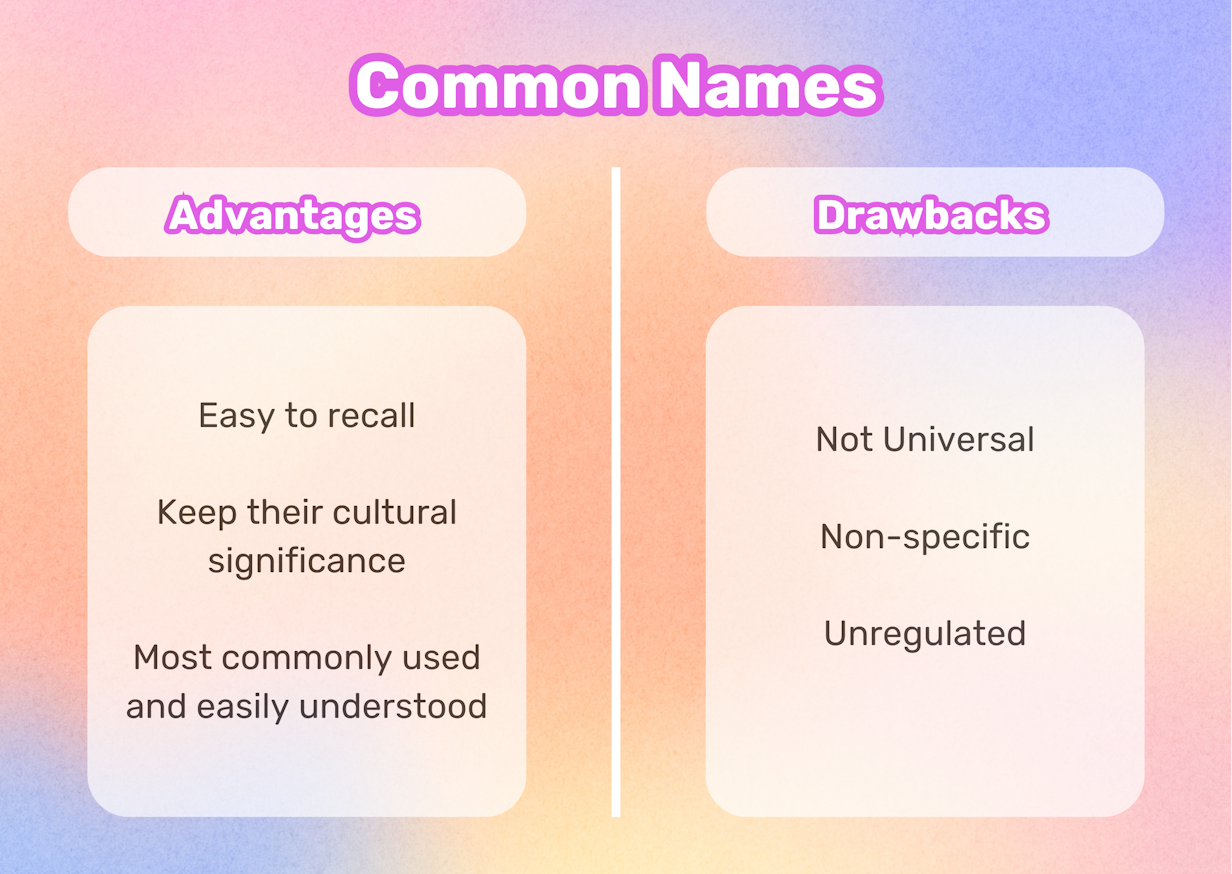
Benefits of Classification
Universally Accepted & Regulated: Taxonomic names of plants are agreed upon and regulated by funded, and collaborative scientific communities, and as such are used worldwide to form a functional and accessible system of categorisation for botanical research. If you search google for a ‘Jade Plant’ your results will likely be assorted and confusing, but if searching ‘Crassula ovata’, the result will definitely be the precise plant you are looking for.
Specific and detailed: Taxonomic names are not shared by any two plants. The system is such that even a slight genetic variation would classify two plants separately, allowing us to refer to each with different denominations. This erases a lot of confusion, while guaranteeing that specific plants can be discussed with clarity. Further, taxonomic identifiers provide us with large amounts of information about specific plants. In the case of Crassula ovata, we can use its name and where it fits into the taxonomic categories to understand what ‘type’ (family) of plant it is, how it reproduces and even how its seed is formed before germination!
Help to understand the biology and evolutionary history of plants: When trying to simplify taxonomy to a single, short phrase, the most succinct and successful way to do so is by calling it a ‘gene map’. Taxonomy links species of plants together by means of their genetic similarities and relationships to one another. In reality, the taxonomic system is a large ‘map’ of what plants evolved from where, and whom they share ancestry with. It is through these understandings that our knowledge of these plants grows, and our ability to cultivate them is reinforced. Using taxonomy, hand in hand with palaeontology, we have been able to trace plants back millions of years, and understand how they evolved and where they came from, which brings us a little closer to grasping how plants fit into our complex world. Understanding where things have come from, and the relationships they have with each other, is a key aspect of combating global issues such as habitat destruction, ecosystem breakdown, global warming and species extinction.
Drawbacks of Classification
Difficult to recall: There is a lot of talk about exclusivism in the scientific community, and sadly it seems that the use of Latin and Greek in taxonomy makes it very difficult to grasp for the average non-classicist. In truth, the language used in taxonomic classification is not even true Latin or Greek, and is not readily translatable for those who are fluent in classical languages. Taxonomic names are actually classics-inspired, pseudo-linguistic jargon. The phrase ‘crassula ovata’ is derived from the Latin crassus meaning ‘thick’ and ‘ovata’ meaning egg-like, which if shown to a Roman would likely cause great confusion! This is especially true for genera like hoya, which seems classical at first glance, but is actually named after the naturalist Thomas Hoy. It is much easier for people to remember and understand the common names for plants, hence why they are more popular.
Overly complex and unnecessary for most: Taxonomic names are certainly not as simple as they seem. I know what you’re thinking… How on earth does it seem simple? Well, herein lies the problem. Firstly, the complex categories and nomenclature that make up a plant’s taxonomic identification are rather over numerous and are of little use to someone who simply wants a healthy fern in their bathroom or a lovely flowering gift for their friend’s new home. But the complexity does not end there. It is sometimes very difficult to be sure which plant is which, and with so many different classifiers and identities, it can all get a little confusing. Sometimes, the difference between two species of plant can be so visually minute, that someone can believe they are caring for one plant for years before they realise it was actually another (if they ever realise at all), and that’s before we consider the niche, micro-features that differentiate cultivars. Simply asking for a Jade Plant would get you a Jade plant, regardless of the specific parameters that decide what subspecies or cultivar it is. Ultimately, the benefits of taxonomy are useful to those who engage with it. For those who don’t, it is little more than just a more complex name.
Subject to frequent change: The classification of organisms is currently undergoing a dramatic ‘shift’, in which the old classifications that grouped species by means of alike features, pioneered by the likes of Carl Linnaeus, are being replaced by more modern, scientific approaches that are inclusive of genealogy and phylogenetics. This unfortunately means that the taxonomic names of plants are changing all the time, and grow increasingly unstable as our methods for analysing DNA become more effective.
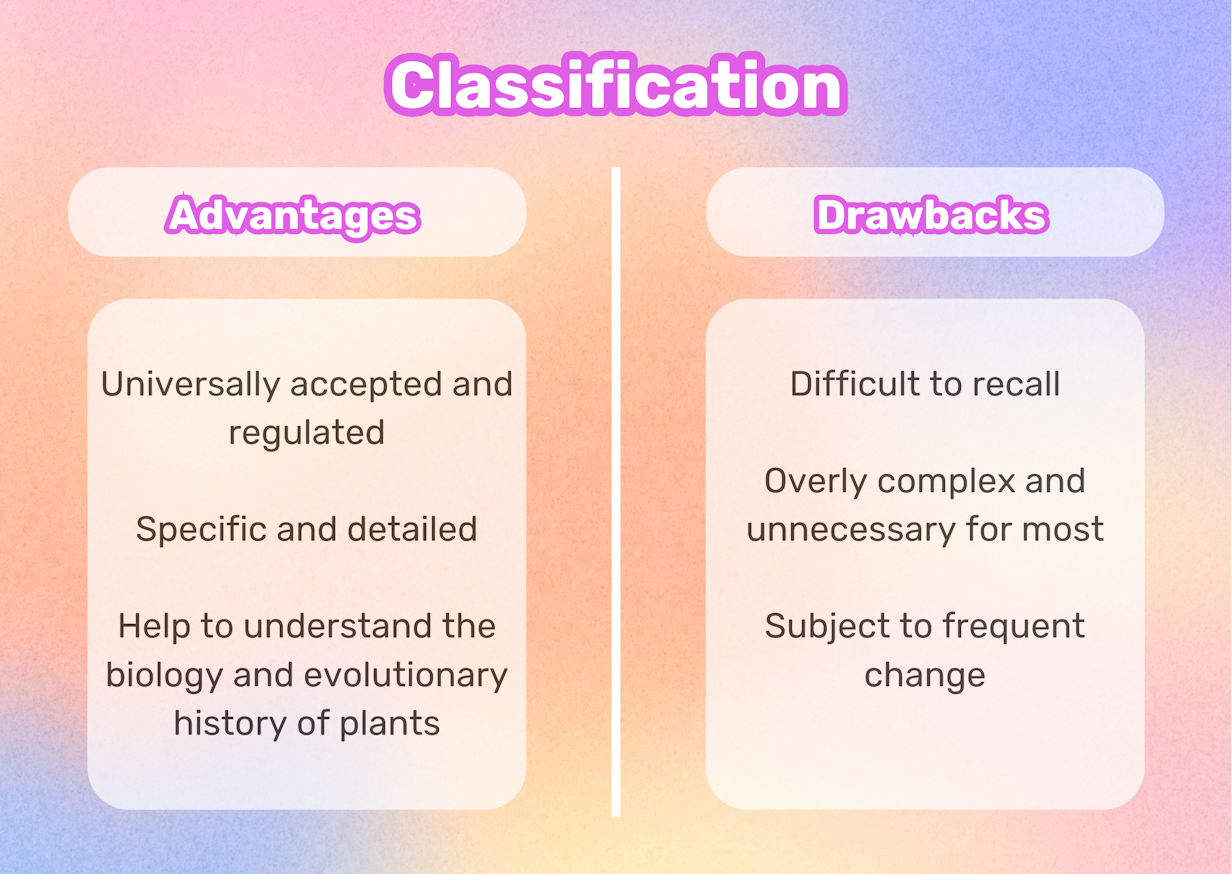
So, why do the names of my plants keep changing?
As the paragraph above explains, gene tracing and developments in the study of DNA have allowed us to more accurately map the evolution of plants. Resultantly, the initial efforts of Carl Linnaeus and his friends are rendered insufficient. While they were useful at the time, we have since realised that a lot of alike features of different plants can be traced back to much more distant predecessors, or can be as a result of convergent evolution, as an adapted method of survival most suited to common environments. It is since the developed ability to analyse DNA that we have been able to accurately classify plants based on their phylogeny, and even connect them to extinct plants millions of years ago. Well-known examples are: the reclassification of Sansevieria to Dracaena, leaving Sansevieria behind as little more than a synonym; The reclassification of Calathea to Goeppertia doing the same, and the double reclassification of Senecio rowleyanus over 11 years to Kleinia rowleyana and finally to Curio rowleyanus. For indoor gardeners like myself, who like to keep track of their plants with pot-labels, the constant reclassification of plant species can be frustrating. But it must be viewed for what it is: the gentle hand of science, guiding the human race closer to the truth. In this way, our understanding of the history of plants is always developing, and if we are sensitive to and accepting of this development; knowing better where plants have come from will be able to teach us where plants are going.
So what should I call my plants?
This question, as so many others, is answered with a tired, two-word phrase: ‘it depends’. Frankly, the nichetes of taxonomy are only useful if you intend to use them. For keeping track of your plants at home, it makes little difference. Industrially, it is certainly better to use taxonomic names for clarity and accessibility. If nothing else, I would like you to take away from this post that there are many many names for plants and they all have their place. An understanding of why plants are called what they’re called and why they have so many names is useful, interesting and (if you’re anything like me) a lot of fun! But the one that you should use is the one that suits you the best. As Nobel-prize winning physicist Richard Feynman said: “Names don’t constitute knowledge, (but) knowing the names of things is useful if you want to talk to somebody else”.
References:
Atran, S. (1993). Cognitive foundations of natural history : towards an anthropology of science. Cambridge ; New York, Ny, Usa: Cambridge University Press ; Paris.
Bell, A.D. and Bryan, A. (2008). Plant form : an illustrated guide to flowering plant morphology. Portland, Or.: Timber Press.
Carl Von Linné, Birger Strandell, Bokförlaget Redivia and Eurographic Ltd (1977). Systema naturae. Stockholm: Bokförlag Rediviva.
Gilmour, L. (1937). A Taxonomic Problem. Nature, 139(3529), pp.1040–1042. doi:https://doi.org/10.1038/1391040a0.
Henk Beentje and Williamson, J. (2016). The Kew plant glossary : an illustrated dictionary of plant terms. Richmond, Surrey, UK: Kew Publishing.
Huxley, J. (1957). The Three Types of Evolutionary Process. Nature, 180(4584), pp.454–455. doi:https://doi.org/10.1038/180454a0.
Mikael Härlin and Sundberg, P. (1998). Taxonomy and Philosophy of Names. Biology and Philosophy, 13(2), pp.233–244. doi:https://doi.org/10.1023/a:1006583910214.
Jonathan Davies
Jonny has worked at Root since May 2023. His love for plants was inherited initially from his grandparents and parents, but really took off once he moved into his own place, where he started picking up small plants and was fascinated by watching how they grow and change over time. Jonny has a degree in Archaeology and Classics from the University of Sheffield, and a masters in Egyptology from Swansea University, where he primarily focused on garden culture in the ancient world, which he has managed to extend to a PhD thesis in the University of Liverpool, where he has been able to combine his love for plants with his love for ancient language and culture. Jonny loves being in the natural spaces around North Wales and Cheshire where he used to go growing up, and often spends hours examining the plants and trees, and kicking up the leaf litter searching for mushrooms and insects. He is fascinated most by plant biology, taxonomy and learning about ecosystems and interactions between plants and their environmental counterparts, and enjoys tending to his varied array of houseplants, and ongoing ‘plant projects’, such as growing plants from seeds and creating living epiphyte displays. Aside from his green thumb, his other interests include: art, reading, listening to and playing music in the company of his cats, Spooky and Boo.
More by Jonathan DaviesRelated Articles
View all articles
